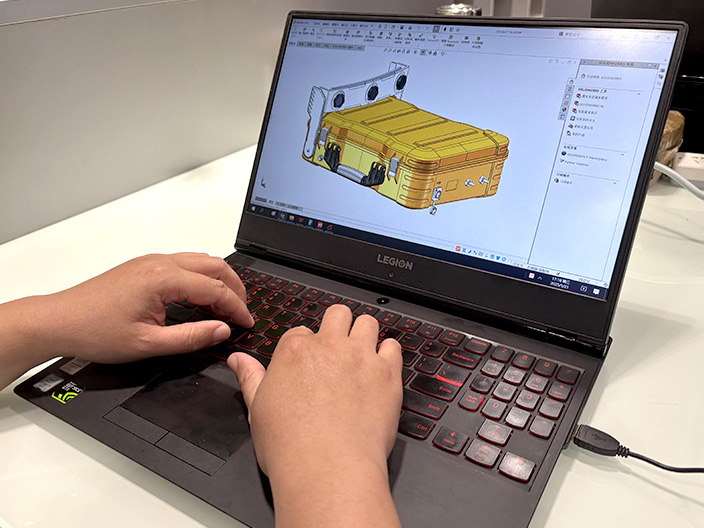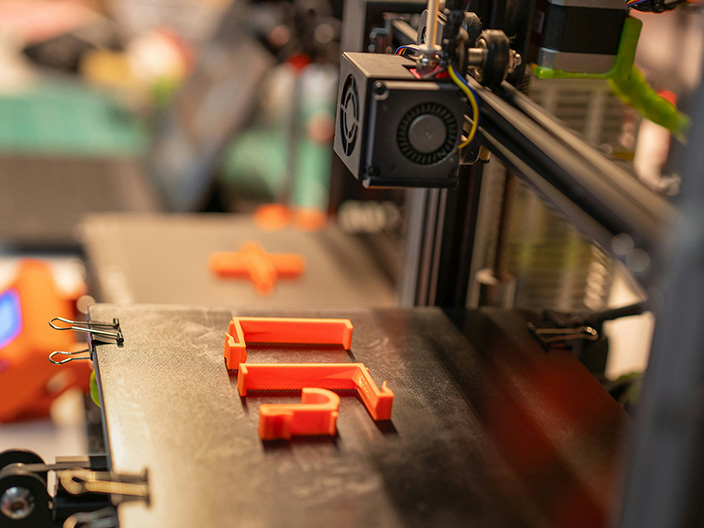

Mechanical design is the core of product functionality and reliability.
Through precise engineering and innovative structural solutions, we transform concepts into manufacturable, durable products that perform flawlessly in harsh environments – all while optimizing costs and production efficiency.

Mechanical system architecture diagrams
Key Performance Indicators (KPIs)


3D engineering drawings (with GD&T annotations)
Simulation reports.


Test reports
Engineering Change Notice (ECN)


Standard Operating Procedures (SOPs)
Technical documentation delivery

How do you validate the reliability of mechanical designs?

Our three-tier verification system ensures robustness across the product lifecycle:
Simulation Analysis
① Static/dynamic load analysis (ANSYS Stress/Strain Mapping)
① Fatigue life prediction (10⁶ cycles baseline)
Lab Testing
① Environmental: -40°C~150°C thermal cycling / 500hr salt spray (ASTM B117)
② Mechanical: 20G shock (MIL-STD-810) / 20-2000Hz random vibration (IEC 60068-2-64)
Scenario Validation
200-hour endurance testing (e.g., 200K motion cycles for medical devices)
Case Study: Surgical robot arm passed ISO 13485 reliability certification with 0 field failures in 3 years.
How do you ensure manufacturability (DFM) in mechanical designs?

Three-pillar DFM framework:
Mold-Friendly Design
Draft angles ≥1° / Undercut avoidance / Core slider optimization
Process Compliance
Die-cast wall thickness: 2.5-4mm / Sheet metal bend radius ≥1.5T
Tolerance Strategy
① Critical dimensions: GD&T positioning ±0.05mm (ASME Y14.5)
① Non-critical: IT12 tolerance class
Deliverable:Production-Ready Design Package with mold flow analysis reports.
How is structural strength maintained in lightweight designs?

Weight-performance optimization through:
Material Science
① Magnesium alloys (35% lighter than aluminum)
① Carbon fiber composites (5x specific strength of steel)
Topology Optimization
AI-driven lattice structures (42% weight reduction in drone arms)
Advanced Manufacturing
SLM 3D printing for load-bearing monolithic parts
Result:AGV chassis achieved 30% weight reduction while passing ISO 12100 safety validation.
How do you control costs without compromising quality?

Four-dimensional cost engineering:
Design: 80% modular components + 20% custom parts
Process: Switch CNC→die-casting at 10K unit thresholds
Supply Chain: Approved alternate vendors for non-critical items (15-25% cost reduction)
Serviceability: Tool-less disassembly design (50% faster maintenance)
Case Study: Industrial conveyor frame costs reduced by 28% via standardized connectors.
How are assembly conflicts prevented in complex mechanisms?

Three-layer error-proofing:
Digital Twin Validation:DELMIA assembly simulation (detect spatial clashes)
Tolerance Stack Analysis:0.2mm clearance buffer for dynamic interfaces
Poka-Yoke Design:QR code-guided assembly sequences
Case Study : 99.6% first-pass yield achieved in multisensor industrial valve assembly.
We use cookies to ensure that we give you the best experience on our website. By clicking "Accept All", you consent to our use of cookies. Learn more.
Please fill out the form and we'll get back to you shortly.

Your submission has been received !
Thank you for your submission.
We will get back to you within 24 hours and appreciate your patience.
Enter your details to receive the toolkit for free.